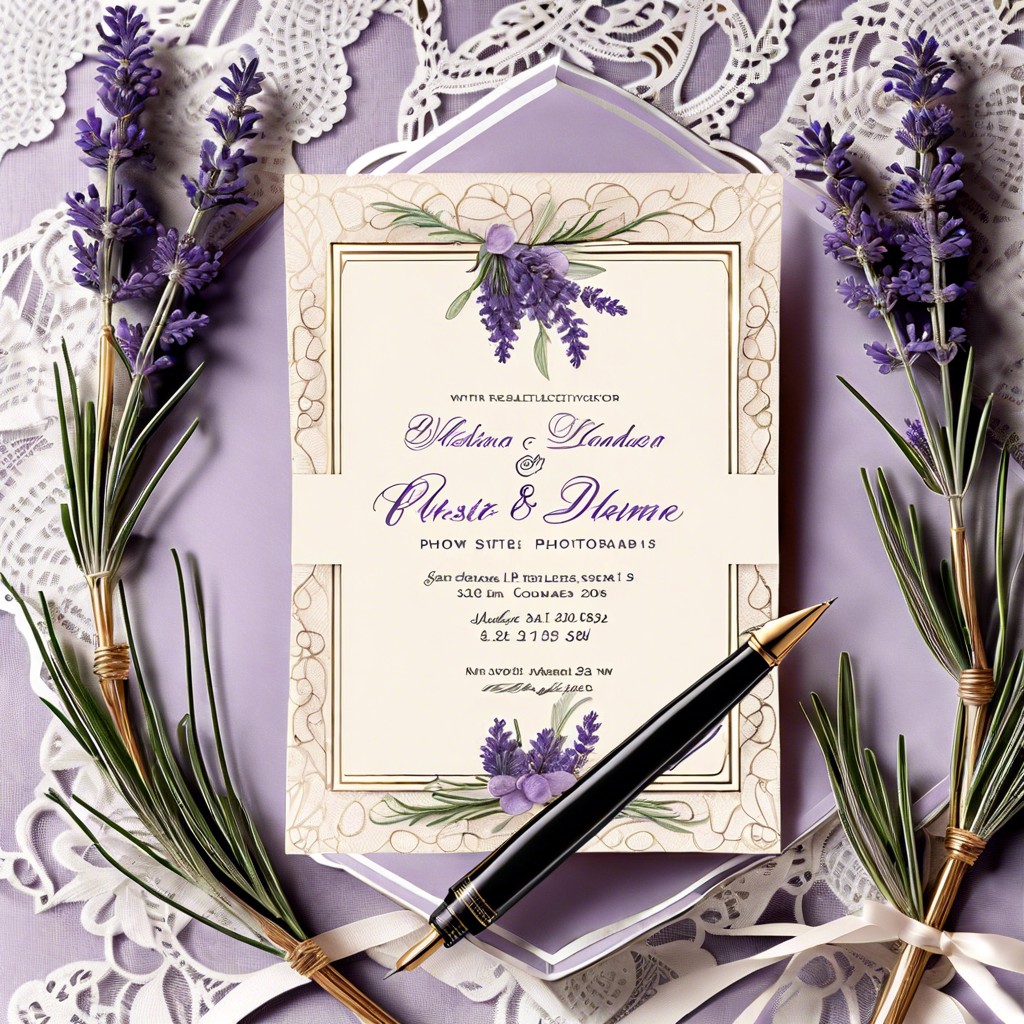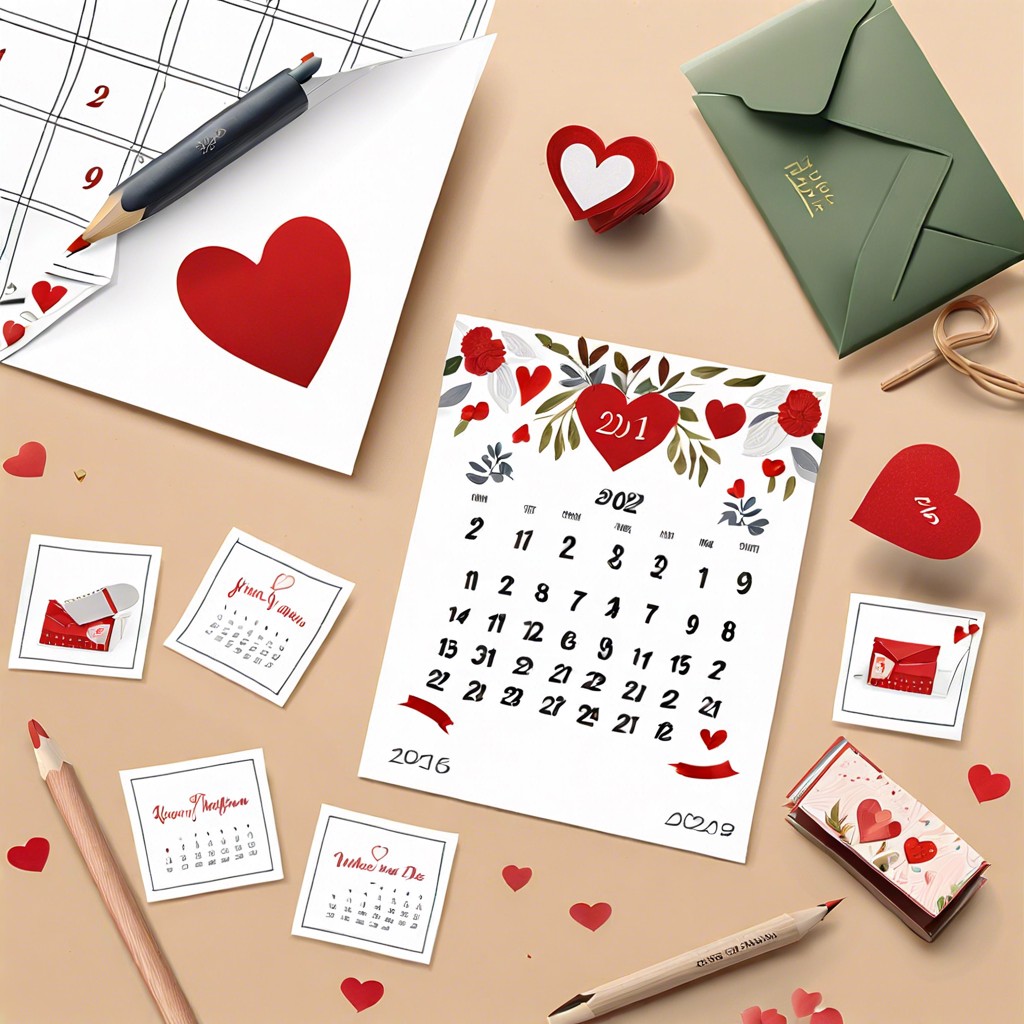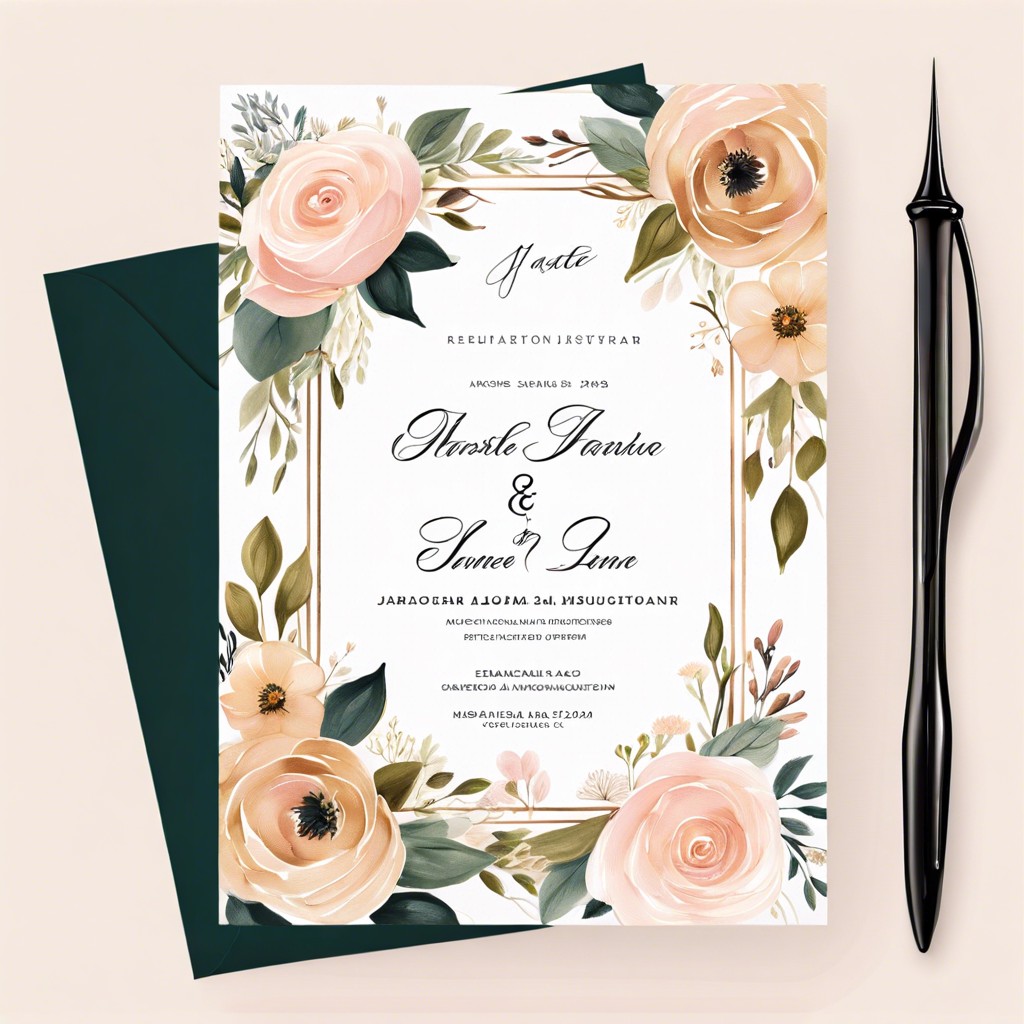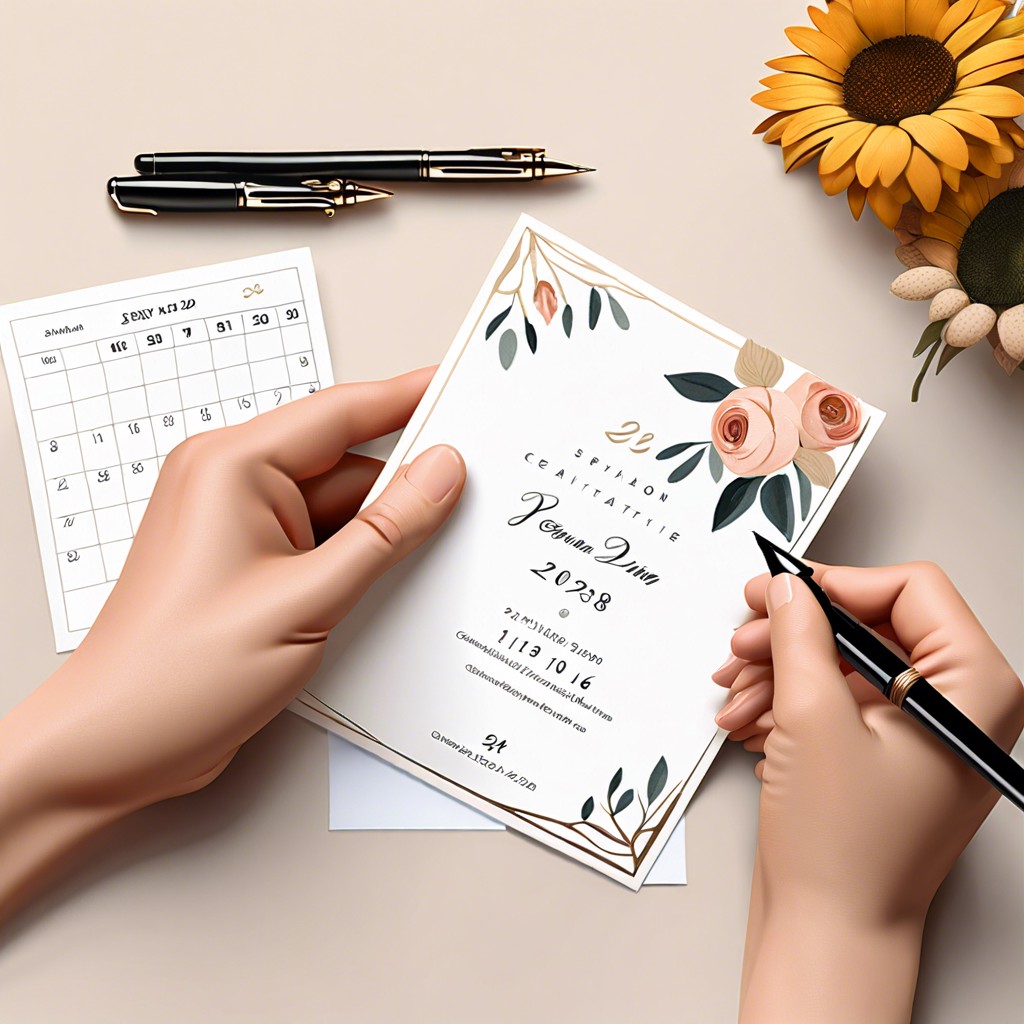Mastering the etiquette of addressing your wedding invitations can be challenging; this practical guide will equip you with the necessary knowledge to do so correctly and confidently.
Key takeaways:
- Use appropriate titles for single, married, and professional guests.
- Address married couples with the same last name using “Mr. and Mrs.”
- Professionals with titles should be addressed using their professional title.
- Consider handwritten addresses for formal or intimate weddings, printed addresses for larger or modern weddings.
- Send save-the-dates 6-8 months before, formal invitations 8 weeks before, with an RSVP deadline 3-4 weeks prior to the wedding.
How to Address a Wedding Invitation to Different Recipients (Single, Married, Professionals)
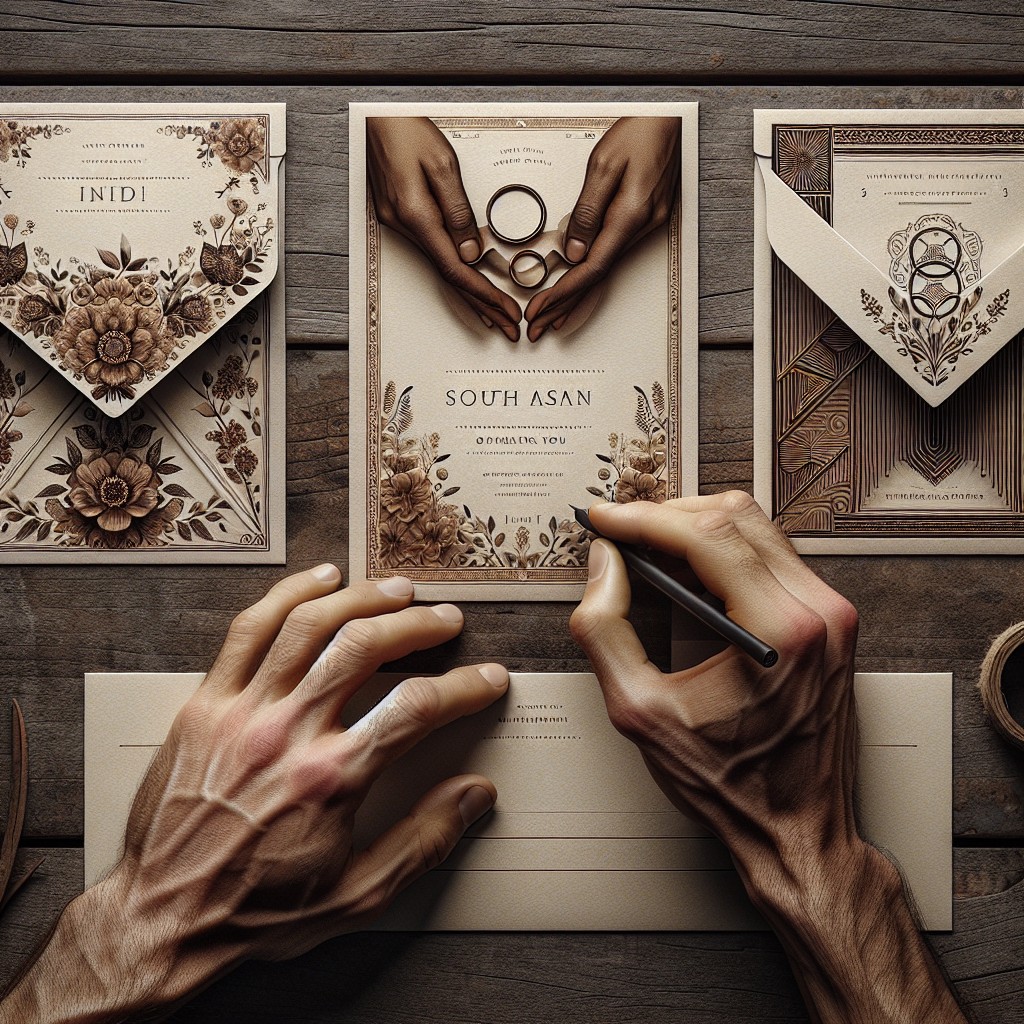
For single guests, use the title “Mr.,” “Ms.,” or “Mx.,” followed by their full name. If they are allowed a plus one, include “and Guest” on a separate line.
When addressing married couples with the same last name, use “Mr. and Mrs.,” followed by the husband’s full name. For those with different last names or who prefer not to use gendered titles, list both full names, and you can choose to connect them with “and.”
For couples where one or both are professionals with titles, such as doctors, judges, or military officers, use their professional title followed by the full name. If both have titles and share a last name, “Drs.” can be used, or you can list each title and name separately, connected with “and.”
Formal titles should always take precedence. For instance, if one partner has a title like “Dr.” and the other does not, address the envelope with the titled individual first, regardless of gender.
Professionals with different surnames can be listed on separate lines, with the higher-ranking title typically going first.
When including children on the invitation, list their names on a separate line beneath their parents’. Titles for children are unnecessary.
Etiquette for Addressing Wedding Invitations
When considering the formality of your event, use titles such as “Mr.,” “Mrs.,” and “Dr.” Traditional etiquette suggests that for heterosexual married couples, the husband’s name precedes the wife’s (e.g., “Mr. and Mrs. John Smith”). For same-sex couples, names can be listed alphabetically by last name or in the order that feels best to you (e.g., “Mr. James Brown and Mr. Mark Davis”).
For unmarried couples living together or guests with significant others, include both names on the invitation, each on a separate line. If you’re inviting a family, the outer envelope should list the parents’ names, while the inner envelope includes the children’s names beneath the parents’.
In professional titles, if one individual outranks the other, list their name first. For military personnel, judges, doctors, and clergy, titles should be spelled out fully (e.g., “Captain Michelle Turner, United States Navy, and Mr. Michael Turner”).
When the guest is a single individual, the outer envelope should address them by their full name with an appropriate title, while the inner envelope could reflect a more personal touch, such as including first names for close friends or family (e.g., “Ms. Elizabeth Johnson” on the outer, and “Elizabeth” on the inner).
Remember, accuracy in addressing your invitations shows respect and attention to detail, enhancing the anticipation of your special day for each guest.
Choosing Between Handwritten Vs. Printed Addresses for Wedding Invitations
Deciding on handwritten or printed addresses hinges on your wedding’s formality level and your personal preference. Handwritten addresses impart a traditional and personal touch, suggesting the time and care you’ve invested in each invitation. They are particularly fitting for formal or intimate weddings. Calligraphy is a popular choice for a sophisticated look but can be more costly.
On the flip side, printed addresses offer convenience and uniformity, ideal for larger weddings or modern ceremonies. They ensure legibility and can save time, especially when using pre-printed labels or direct printing onto envelopes. Modern printing options often provide a wide range of fonts and designs that can complement your invitation’s style while maintaining a professional appearance.
Consider your budget, the tone of your wedding, and the impression you wish to make when choosing between the two. If you’re balancing tradition with efficiency, think about handwriting only the addresses on the invitations for your close family and friends and printing the rest.
Appropriate Timing for Sending Wedding Invitations
Timing is key to seamless wedding planning. Ideally, save-the-date cards should be mailed six to eight months before the wedding. This advance notice is especially important for destination weddings or if many guests will be traveling from out of town.
Formal invitations should follow approximately eight weeks prior to the ceremony. This allows guests ample time to clear their schedules and make necessary arrangements, such as travel and accommodations. If you are organizing a local event with mostly local guests, six weeks ahead can be adequate.
For guests that may have a longer journey, consider sending invitations a bit earlier to accommodate international mail delivery times or potential delays. Remember to set an RSVP deadline, typically three to four weeks before the wedding, to ensure a final headcount for your caterer and to finalize seating arrangements.
Lastly, keep a careful record of when you send invites, as this will help you manage follow-ups for those who might not respond by the designated RSVP date.
General Rules for Addressing Wedding Invitations
Understanding the traditional format for wedding invitations can help ensure clarity and respectfulness. Begin with the full names of the invitee(s), without abbreviations, which conveys formality and attention to detail. For a married couple with the same last name, “Mr. and Mrs.” followed by the husband’s full name is traditional. For those with different last names or same-sex couples, list both full names, either on the same line or separate lines if space is a concern. In households with children under 18, include the line “and family” after the parents’ names to imply their inclusion, or list their first names on the line beneath.
Titles are another important aspect. Use professional titles such as “Dr.” where applicable, and for military personnel, include their rank. For judges, elected officials, and clergy, use their official titles as a sign of respect.
If you are inviting someone with a guest, the outer envelope should only name the primary invitee, while the inner envelope can say “and Guest” to indicate they may bring someone.
When addressing, ensure that all addresses are current and accurate, including zip codes, to avoid any delivery mishaps. Furthermore, addressing should be legible, ideally in blue or black ink if handwritten, to maintain a level of formality and readability.
Lastly, be consistent in your approach. Use a uniform style and formatting choice for all invitations to maintain cohesion throughout your wedding correspondence.
FAQ
What is the proper way to address a wedding invitation?
To correctly address a wedding invitation, use “Mr.” followed by his full name for male guests, “Ms.” followed by her full name for female guests, and “Mx.” followed by their full name for non-binary guests; in the case of a widowed woman, it is advisable to inquire about her preference, often addressing the envelope with her married name is accepted.
Do I have to put Mr and Mrs on wedding invitations?
Yes, for formal weddings, it is recommended to use appropriate social titles like Mr and Mrs on wedding invitations, with the guest's full names on the envelope and only given name on the invitation itself.
How do you write Mr and Mrs with both names?
To write Mr and Mrs with both names, traditionally, you include the male's first and last name, typed as Mr. and Mrs. Kenneth Arendt.
How should names appear on wedding invitations?
In traditional wedding invitations, the bride's name should be listed first followed by the groom's name.
How to correctly address wedding invitations to a family with children?
To address wedding invitations to a family with children, include the parents' names on the first line with the phrase "and family," such as "Mr. and Mrs. Johnson and Family.
What are the etiquette rules for addressing wedding invitations to unmarried couples?
When addressing wedding invitations to unmarried couples, their names should be written on separate lines, starting with the person closest to you, regardless of their gender.
How should you approach addressing wedding invitations to a same-sex couple?
Address wedding invitations to a same-sex couple by including both names on the envelope, ordering the names alphabetically by last name or by whichever name sounds better when pronounced.
Keep reading:
